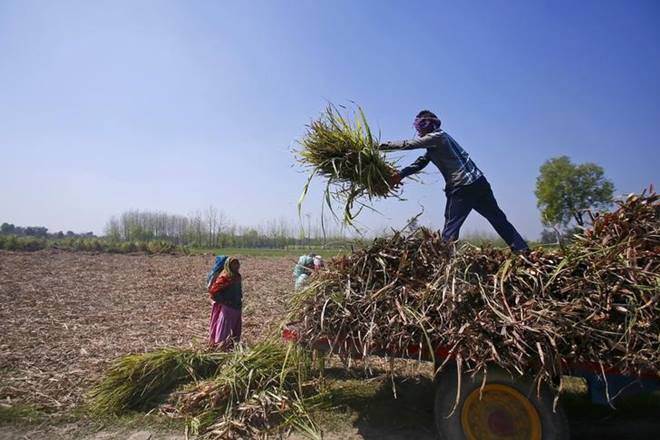Though most have been sceptical of prime minister Narendra Modi’s plan to double farmer incomes given the negligible progress in freeing up agriculture markets, there has been a welcome change in thinking. So, in her maiden budget, finance minister Nirmala Sitharaman spoke of why, ‘annadata’ couldn’t also be ‘urjadata’ generating renewable energy. While it is up to the states to take this forward, the Delhi government is now planning another push after its Mukhyamatri Kisan Aay Badhotri Yojana didn’t really take off in July 2018.
Under the scheme, the government was going to assure farmers an annual income of Rs 1 lakh per acre—this would go a long way in doubling incomes—provided they leased their farms to solar power developers for at least 25 years; the amount was to be raised by 6% every year, and was to be paid by solar developers as lease rental. This co-development or leasing model is one that developers are trying in non-farm areas as well, as an alternative to buying the land to install panels. The scheme, however, never took off as farmers were reluctant to lose their crops if the land was to be leased.
While Icrier professor Ashok Gulati had pointed out that solar trees—the solar panels are installed over the ground on stilts—wouldn’t hurt productivity if they were 15-20 feet above the ground, research from Gujarat Energy Research & Management Institute (GERMI) shows that the panels actually raise productivity. The Delhi government has, according to a Hindustan Times report, now identified 150 acres of land where a pilot project is to be carried out. According to the Delhi government, a plant of 1MW requires six acres of land and can generate 12 lakh units of electricity per year; the Rs 1 lakh per year per acre then amounts to a 50 paise per unit payment. If the scheme is successful and farmers are convinced, Delhi can theoretically take this model to all 85,870 acres of farm-land in the state; other chief ministers can then do the same for their farmers.
What is critical in all of this, assuming farm output doesn’t suffer, is whether cash-strapped State Electricity Boards (SEBs) will be able to pay solar developers their dues, and on time; while Andhra Pradesh had recently said it would scrap all contracts signed by the earlier government, most SEBs are delaying payments.
While the government has impressive plans for setting up renewable energy capacity, all of this will come to naught if it is not able to reform the electricity sector so as to charge customers whatever it costs to produce power. While the government’s UDAY scheme failed to do this despite large benefits to SEBs—their interest costs were slashed as banks were asked to substitute 13-14% interest loans with an 8-8.5% state-government bond—the government is planning a more stringent UDAY-2 to ensure SEBs become financially viable.

